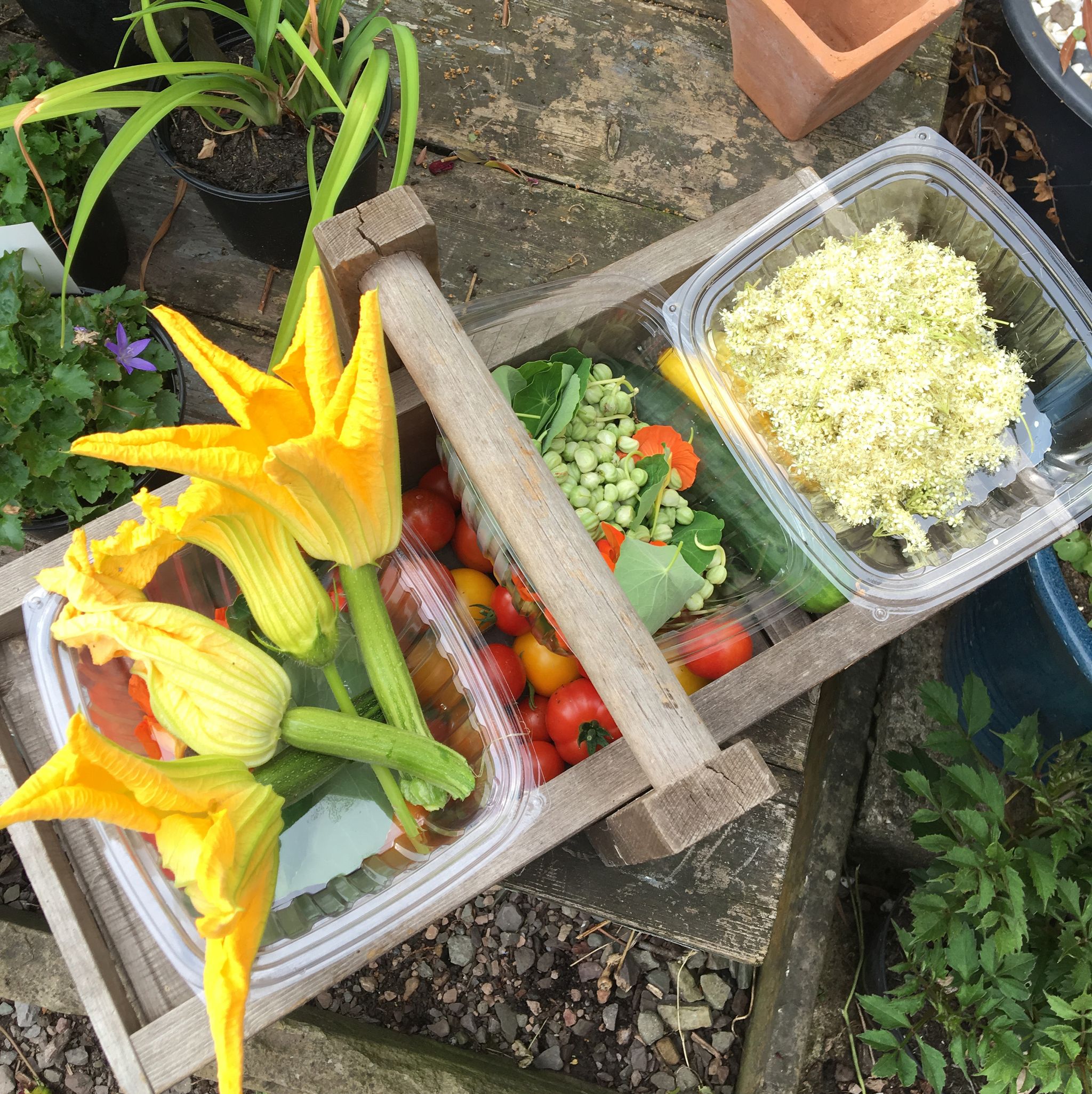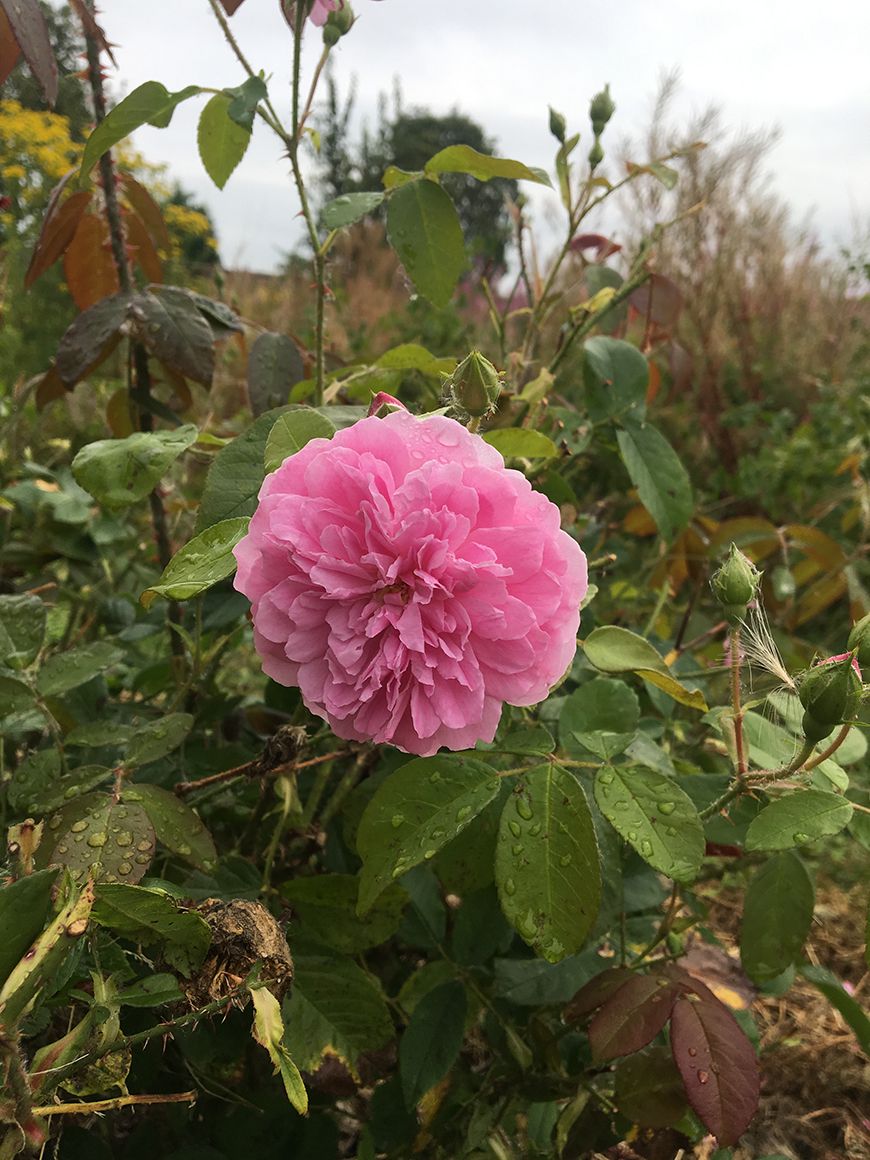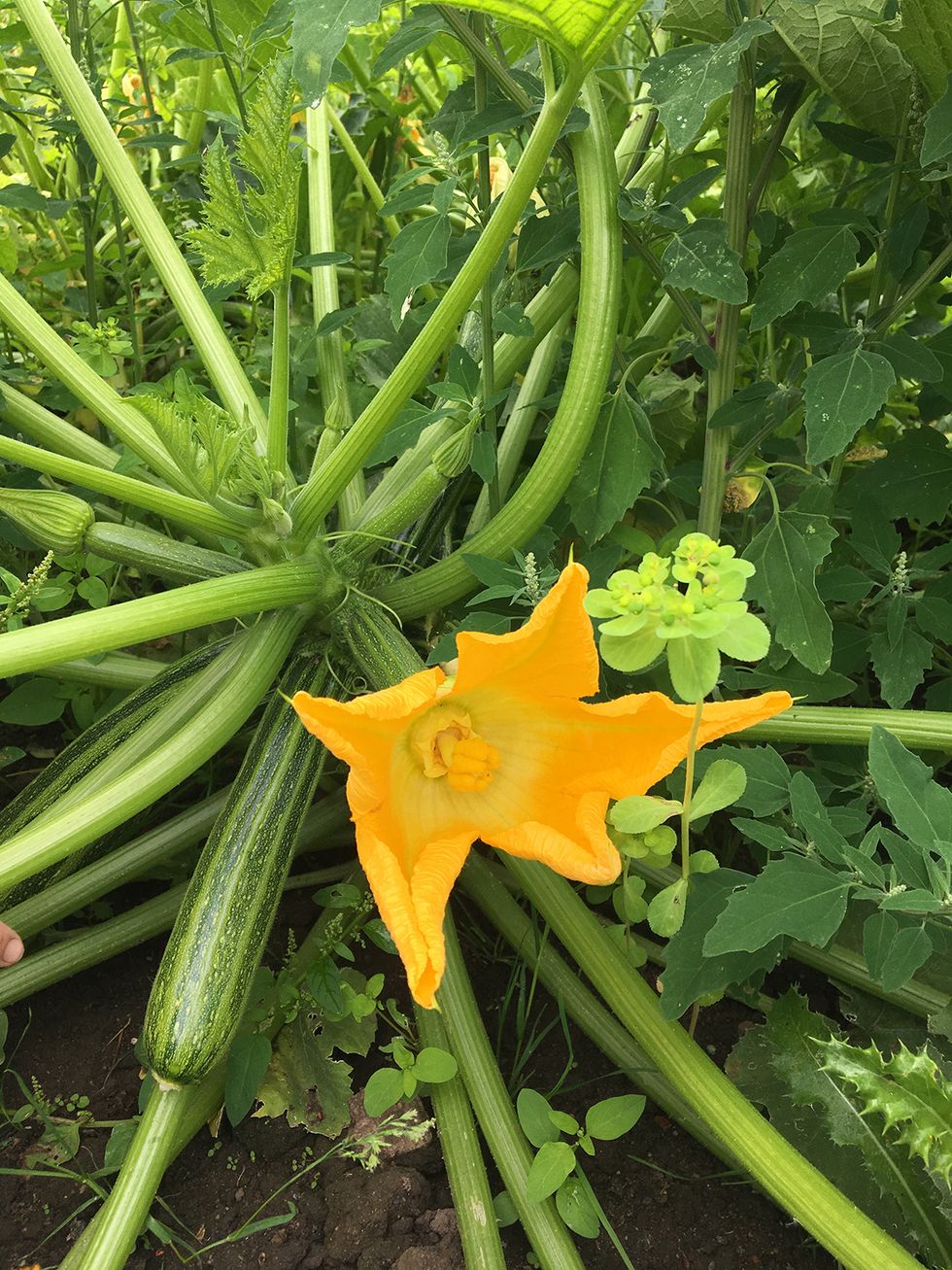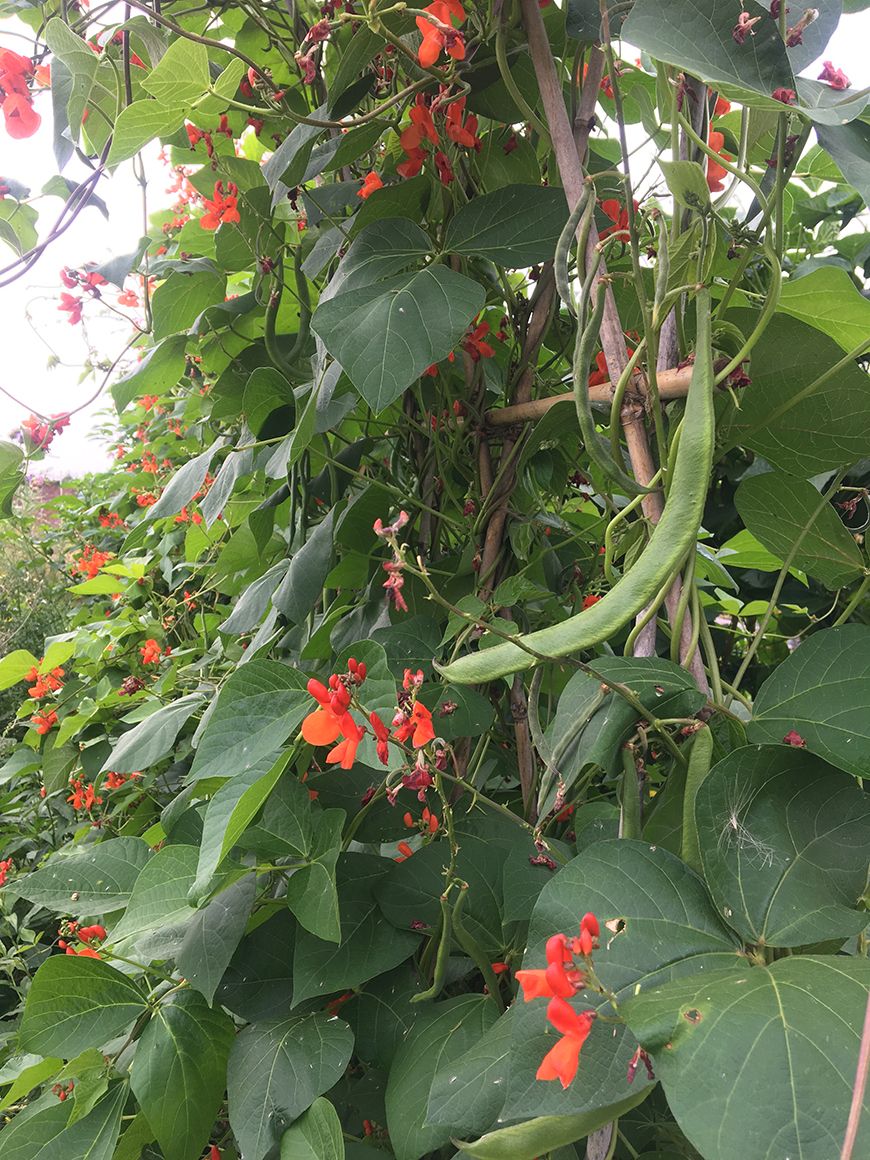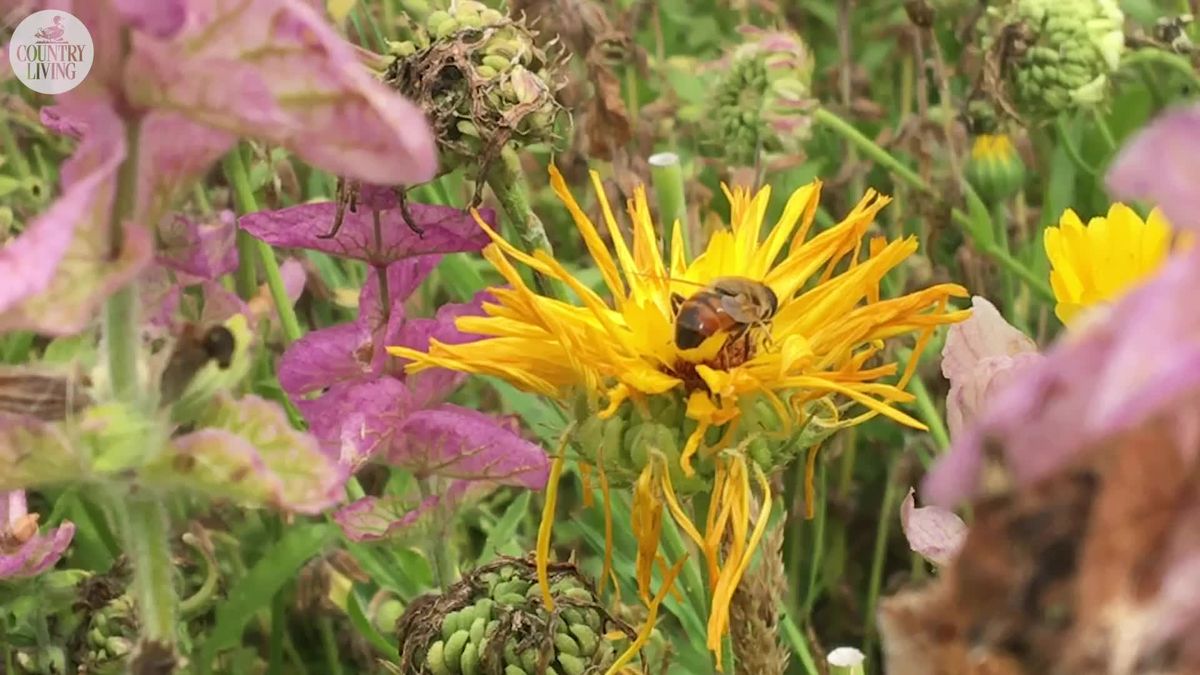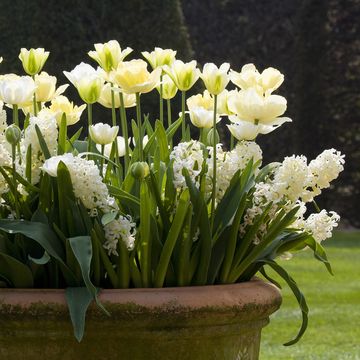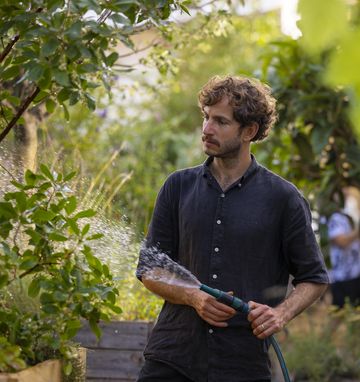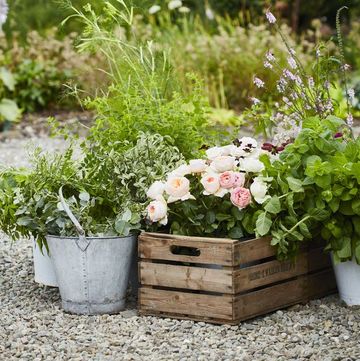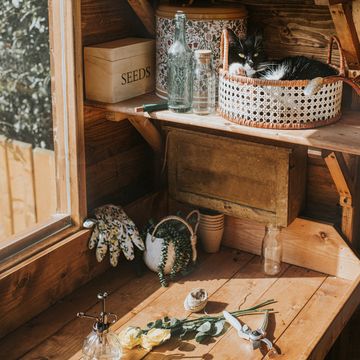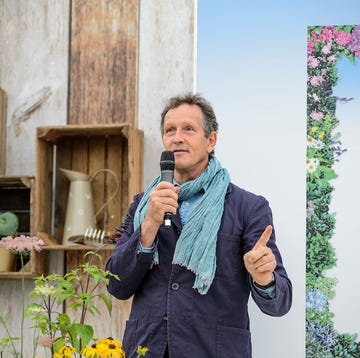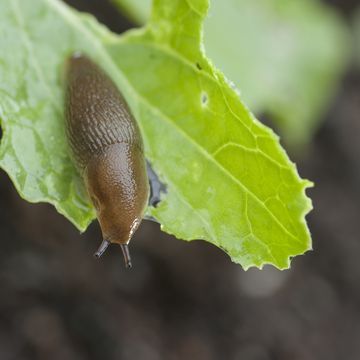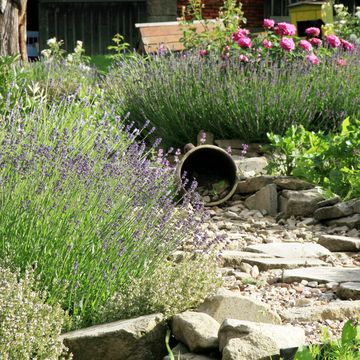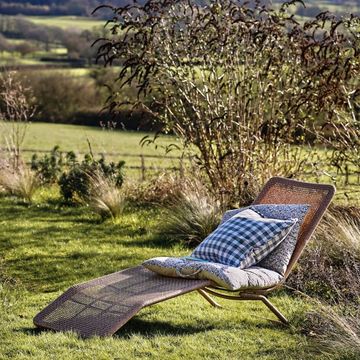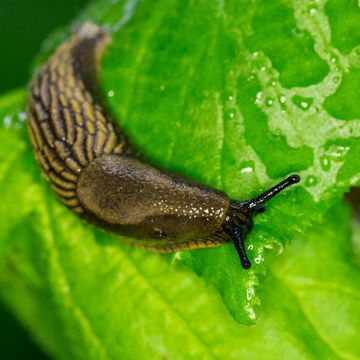Head to the sleepy town of Abergavenny in Wales and you'll be surrounded by nothing but green, rolling hills, dog-walkers and the faint outlines of the Brecon Beacons – and this is what makes it the perfect setting for an edible flower cooking course.
Amy Mackenzie-Mason, the brainchild behind The Gourmet Gardener, started a gardening course following conversations at her local farmer's markets. "Lots of people are eager to grow but just don't know where to start or get disheartened when things don't go well," Amy tells Country Living.
Situated in a two-acre Victorian walled garden, Amy's gardening course gives visitors the chance to have a go at planting and cooking edible flowers.
"The course evolved because we wanted to make people aware that edible flowers aren't just for pretty garnishes but they can be used in a variety of dishes, such as stuffed courgette flowers or cordials. Many people already have edible flowers in their gardens but are unaware of the variety of flavours they can add to dishes."
What should you remember when collecting edible flowers?
Anyone can grow and pick their own edible flowers as long as they stick to a few safety rules first.
Before you begin, remember...
- Accurate identification of flowers is essential – if you are in doubt, don't eat them
- Pick young flowers and buds on dry mornings, before the sun becomes too strong, so the colour and flavours will be intense
- Use flowers immediately for the best results (or refrigerate in a tupperware)
- Dried or frozen flowers are best used in infusions or in cooking
- Generally, only the petals are used, so discard stamens, pistil and calyx of large flowers like hollyhocks, roses, lilies and hibiscus. The bitter 'heel' at the base of the petal should be removed.
- Smaller flowers in umbels like fennel and dill can be cut off and used whole
Which flowers can you eat?
As we take a tour of Amy's beautiful allotment (and wonder how we might be able to recreate it at home), she takes us around each flower, explaining how they can be used.
"Everything we grow and pick is in season," Amy tells us, while cutting rose petals from their stems. The gardens are bursting with colourful rose heads, blossoming apple trees, free-range chickens, large cabbages and plenty of beautiful chrysanthemums.
Some of the garden favourites you can easily plant at home include...
- Alpine pinks (great for cakes)
- Bergamont (good for tea or eaten with bacon, poultry, rice and pasta)
- Chrysanthemum
- Daisy (garnish for cakes)
On the day of our course, the main lunch dish was a courgette, complete with its bright orange flower. To go with it, we made couscous (something Amy already had at home), freshly-picked tomatoes and ricotta cheese.
In the kitchen, we cleaned the courgette flower head and stuffed it with a cheese, olive oil and nut filling (you can add any ingredients you like). After 15 to 20 mins in the oven, it was ready to enjoy. Here's how it turned out...
Is it easy to grow edible flowers at home?
"For people wanting to start growing food at home, you don't need a big space – you can grow lots in pots and even inside on a windowsill with things like sprouting seeds," Amy tells us.
"You don't need a separate veg bed and can mix up your borders planting lettuces etc. among your flowers and shrubs. If you're starting out, plant what you like to eat because there's no point if you won't eat it!
"Salads are great to start with. Cut-and-come varieties are great, like rocket and mizuna, because you can get multiple harvests and they are quick to grow."
How can growing your own help the environment?
"The more we grow the better quality of nutrients we consume – and they help to clean the air," Amy says.
"A large proportion of what is on the supermarket shelves has been transported a long way, producing a massive carbon footprint. They may have been grown in large scale heated and artificially-lit environments, pumped full of fertilisers and chemicals."
How can I take part in the gardening course?
If you want to take part on the gardening course, you can contact Amy and Simon directly on their website.
Alternatively, you can book via the local hotel, The Angel, for a special deal. BOOK NOW
Where to stay?
Right in the heart of Abergavenny's town centre, you'll find The Angel — a smart, contemporary countryside hotel packed with comforting British classics. Bedrooms are well-sized, but still feel wonderfully cosy. With buttery-soft carpets, cushiony sofas, a large writing desk and an even larger bed, it's a must-visit place filled with character.
The hotel's adjoining restaurant, the Oak Room — which is for both guests and passersby in need of food — takes fine dining to the next level. We recommend starting with the chilled tomato and mozzarella soup, then trying the lip-smacking salmon linguine and finishing off with the peach melba.
Like this article? Sign up to our newsletter to get more articles like this delivered straight to your inbox.
